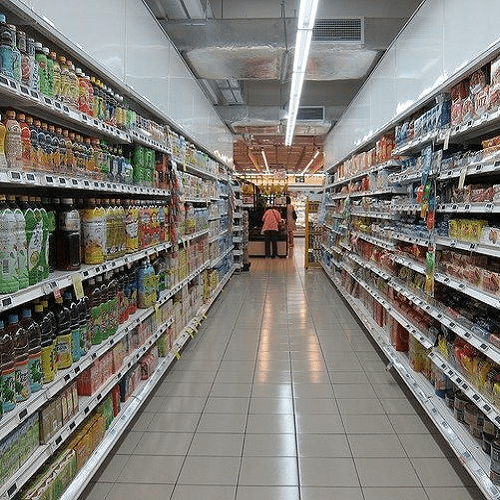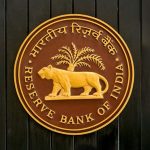The fast-moving consumer goods (FMCG) sector is poised for robust growth, driven primarily by a recovery in rural demand, which has begun to outpace urban consumption, according to LKP report.
For the first time in five quarters, rural consumption volumes have exceeded urban growth, marking a significant shift in market dynamics.
According to Nielsen, rural consumption grew at an impressive 7.6 per cent year-on-year (YoY) during the first quarter of calendar year 2024 (Q1CY24), compared to a 5.7 per cent YoY growth in urban areas.
This resurgence in rural demand is a stark contrast to previous quarters, where inflationary pressures and sluggish income growth had stifled consumption in rural India.
The improved performance is attributed to multiple factors, including higher government spending on infrastructure and welfare programs, better agricultural output, and effective marketing strategies tailored to regional needs.
This recovery, bolstered by distribution expansion and the launch of region-specific products, highlights the increasing importance of rural markets in driving the sector’s growth.
One of the primary factors contributing to rural growth has been an increase in disposable income, particularly in the agricultural sector.
Wage increases, combined with enhanced government support for rural livelihoods, have boosted purchasing power in rural households.
Moreover, rural consumers have been drawn to new product launches specifically designed to cater to local tastes and preferences, resulting in higher FMCG penetration in these areas.
The government’s focus on improving rural infrastructure, coupled with welfare schemes, has also played a crucial role in enhancing rural incomes and boosting consumer confidence.
This is further supported by favourable weather conditions and a strong monsoon, which are expected to increase agricultural productivity and, in turn, rural incomes.
The upcoming festive season is set to provide an additional boost to FMCG demand in rural India. Traditionally, rural households increase spending during festive periods, with heightened consumption of food, personal care, and household goods.
As a result, FMCG companies are expected to capitalize on this seasonal surge by ramping up product offerings and marketing efforts aimed at rural consumers.
Over the last two years, high inflation significantly impacted rural consumption, particularly in the mass segment, which has a large user base but limited income growth.
Households in rural areas, which tend to allocate a larger portion of their budget to food, found themselves squeezed by rising prices.
However, there has been a gradual stabilization in the income-to-cost mix over the past 6-12 months, as general inflation has softened and FMCG prices have been reduced in key categories. This has improved affordability for rural households, allowing them to increase consumption.
(With inputs from ANI)












